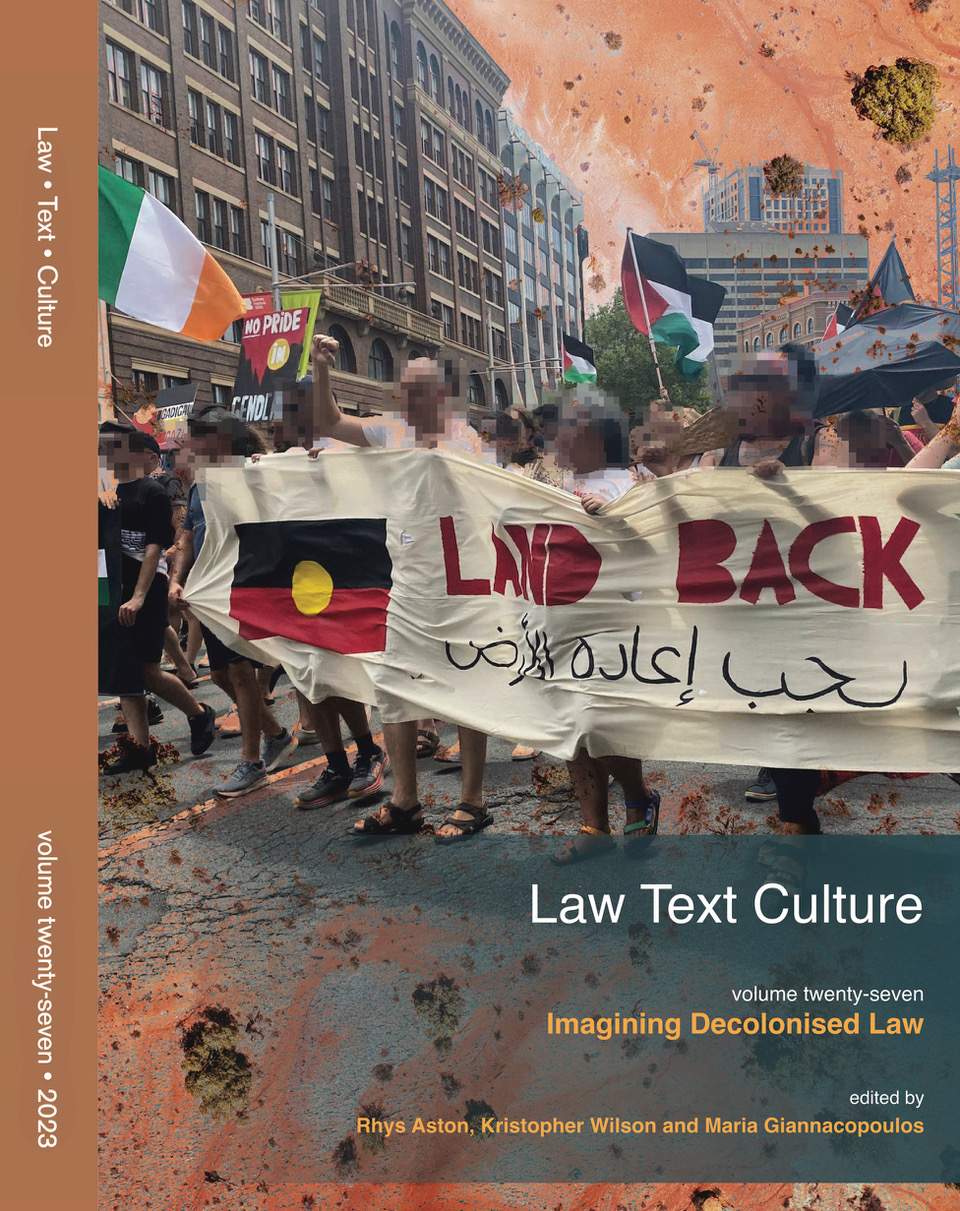Abstract
This paper has grown out of the practice of the Shepparton Koori Court in Victoria (Australia). It reflects the views of two ‘insiders’ to the process — the first sitting magistrate and the first enabling Aboriginal Justice Officer. We do not pretend that our views of the court’s operations in its first 18 months are anything other than our own unabridged social and cultural constructions of what we have seen and heard in the court as hearings and procedure have evolved. This is not a paper replete with data and external evaluation. We have not collected statistics on our court. We present our thoughts on what we have observed. We do not present an analytical paper and we have not explored theoretical underpinnings about the place of Indigenous people in the imposed legal system. This paper is essentially descriptive. We believe this is the place to start — describing the changes in the culture of the court and the jurisprudence of the post-colonial state. In our view it is only after we start this conversation, in this way, that we can start to understand how much work we still have to do. We believe that in engaging insiders and outsiders in the sort of description which follows we can start to unpack our complex exclusiveness with its insistent inclusiveness. Aboriginal people are statistically more likely to come before a court than non-Aboriginal people, yet they are invariably outsiders to the process. We think our paper starts to uncover reasons why this is so and how we can, in practice, remedy this situation.
How to Cite:
Auty, K. & Briggs, D., (2004) “Koori Court Victoria: Magistrates Court (Koori Court) Act 2002”, Law Text Culture 8(1). doi: https://doi.org/10.14453/ltc.848
Downloads:
Download PDF
View PDF
596 Views
2855 Downloads

